Best-ever plum jam
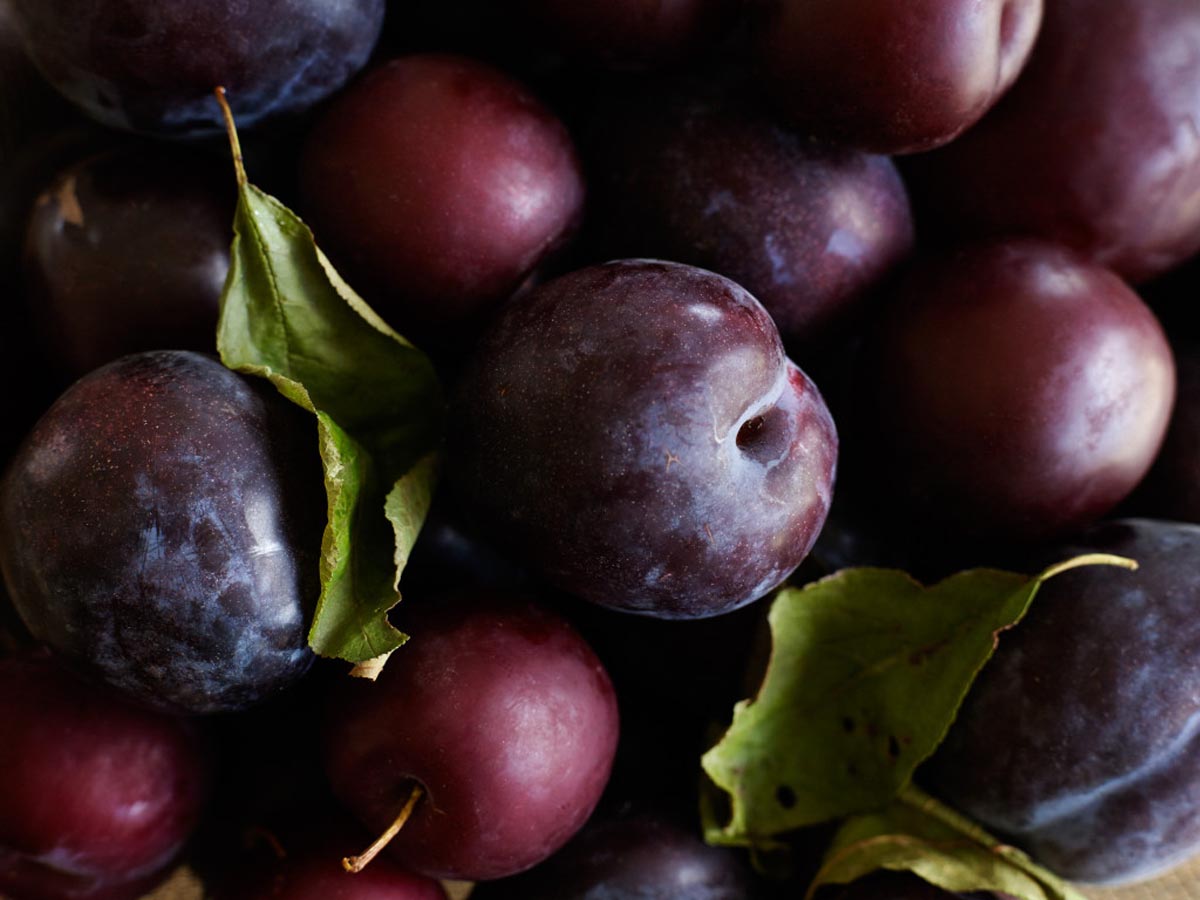
What’s this little bundle of joy?
Read the 101 of jam making here and you’ll be away … tips galore!

What’s this little bundle of joy?
Read the 101 of jam making here and you’ll be away … tips galore!
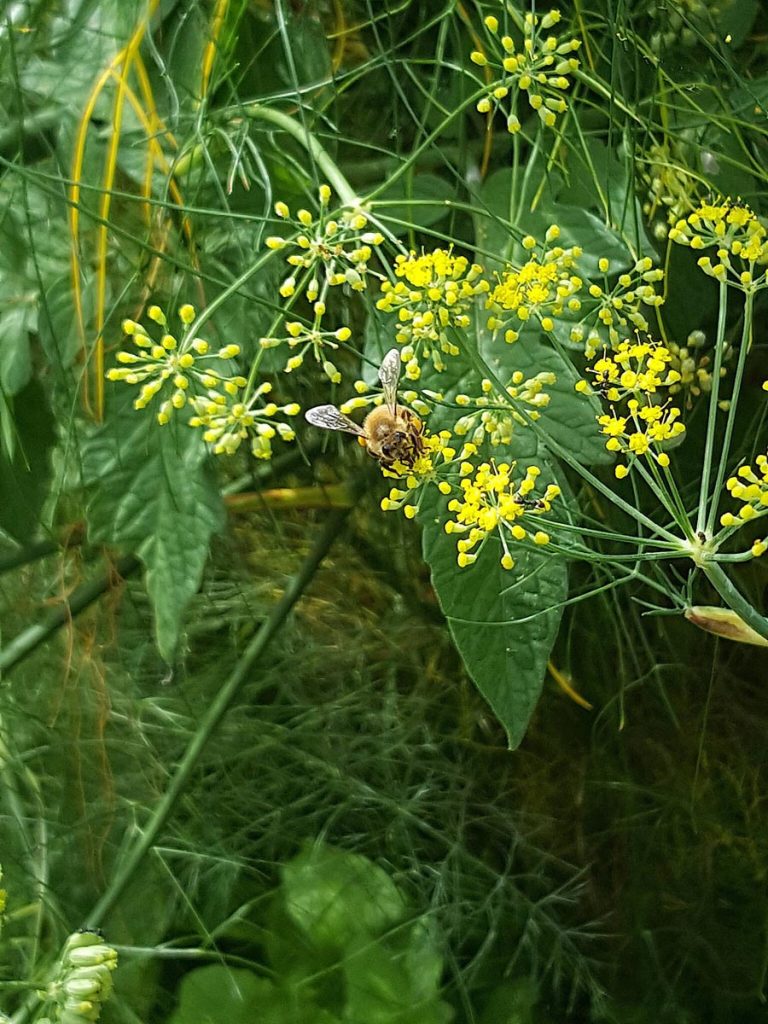
There’s still plenty in the garden to keep the bees happy.
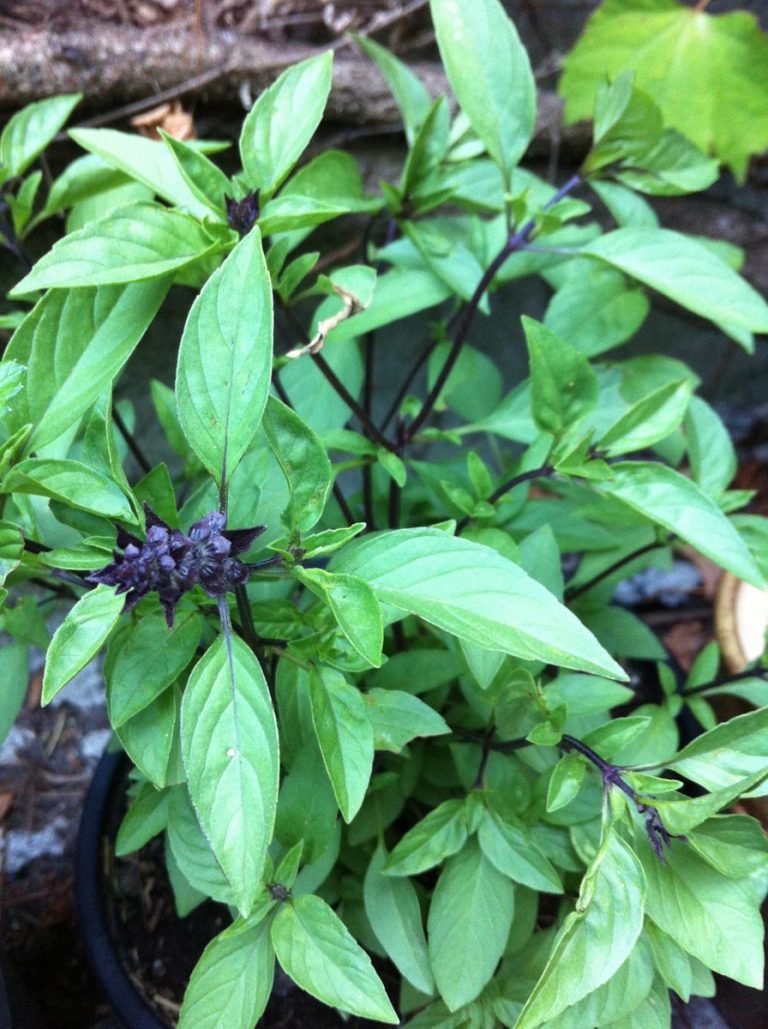
Thai basil has definite sweet liquorice notes – try it with spicy pork patties and Asian slaw.
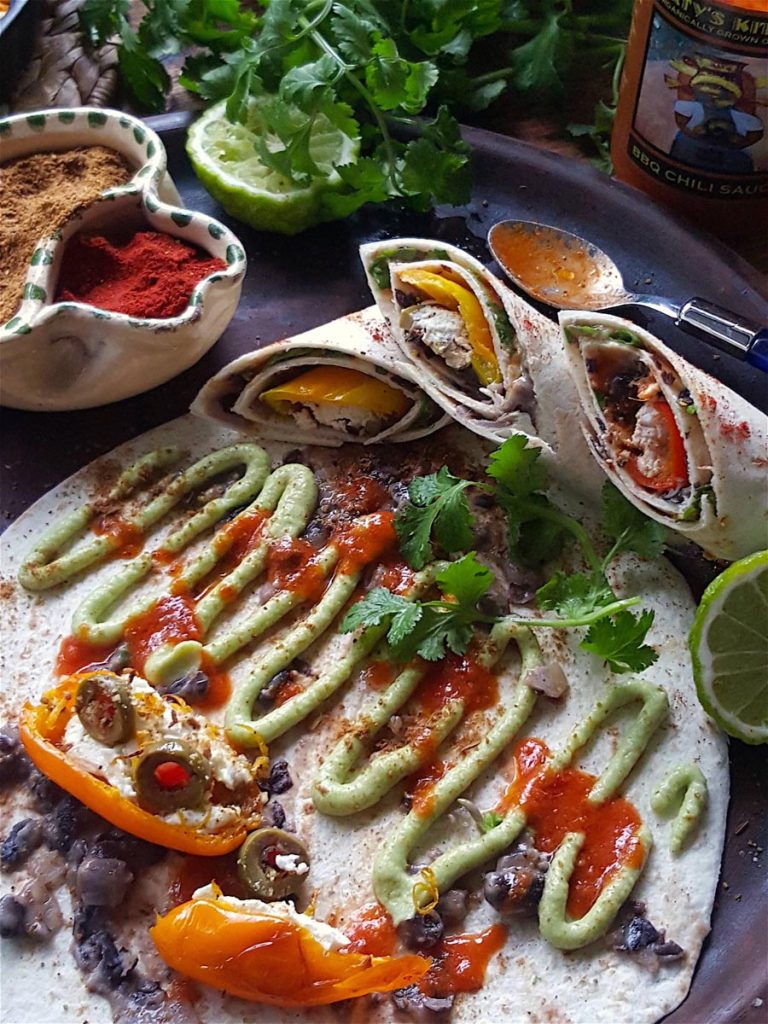
Leftovers taste the best …
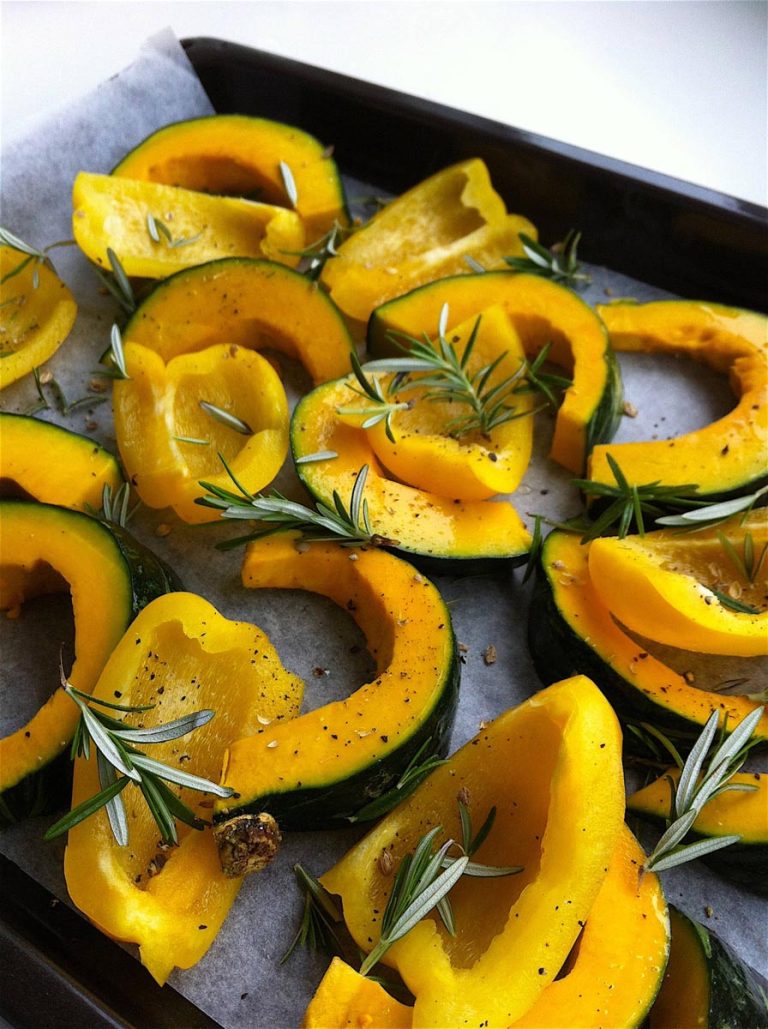
Roasting buttercup pumpkin intensifies the sweetness – crank up the oven!
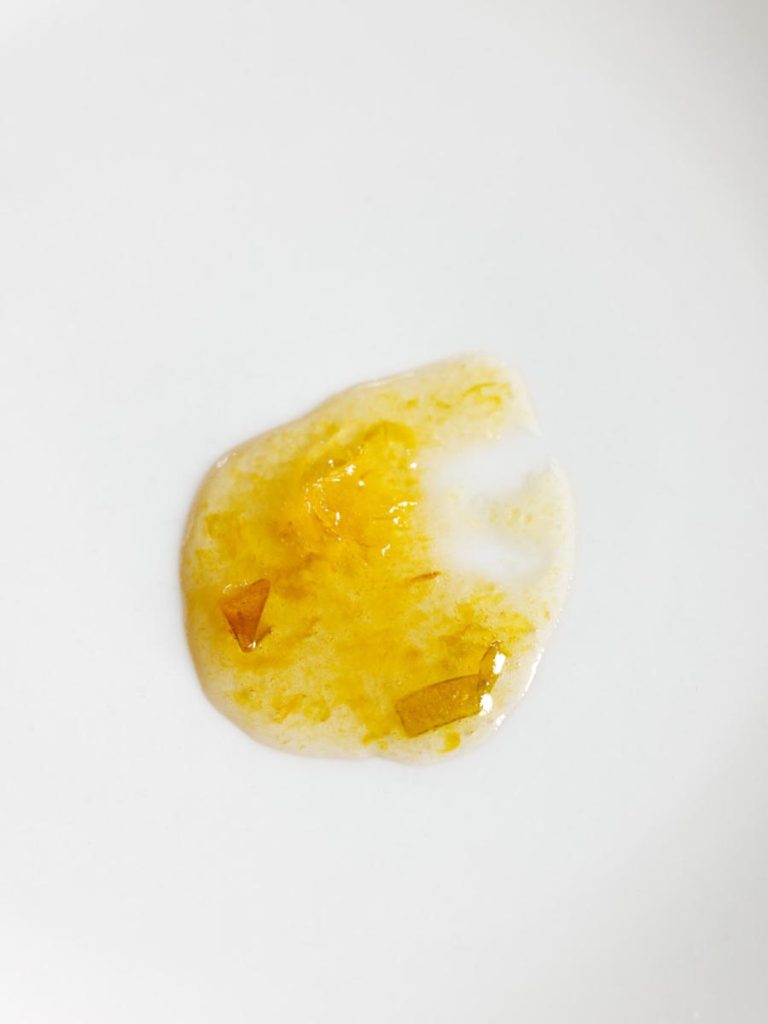
How do you know when jam has reached setting point?
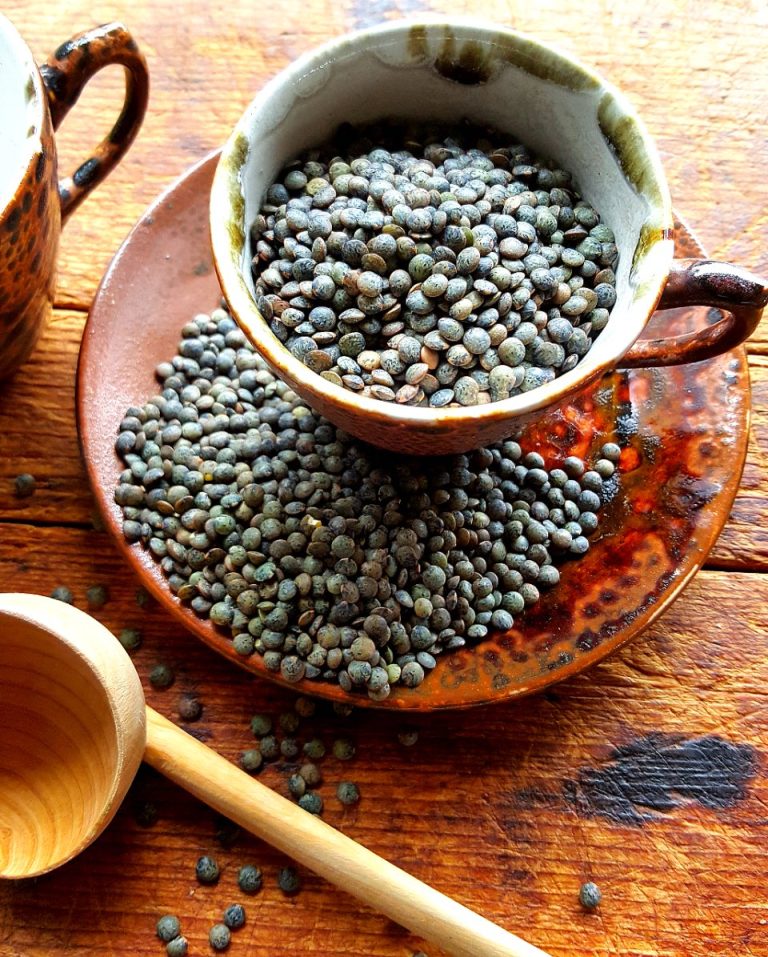
There are so many things you can do with these little babies!
No products in the basket.
Welcome to the new Shared Kitchen experience! If you encounter any issues, please let us know. Dismiss